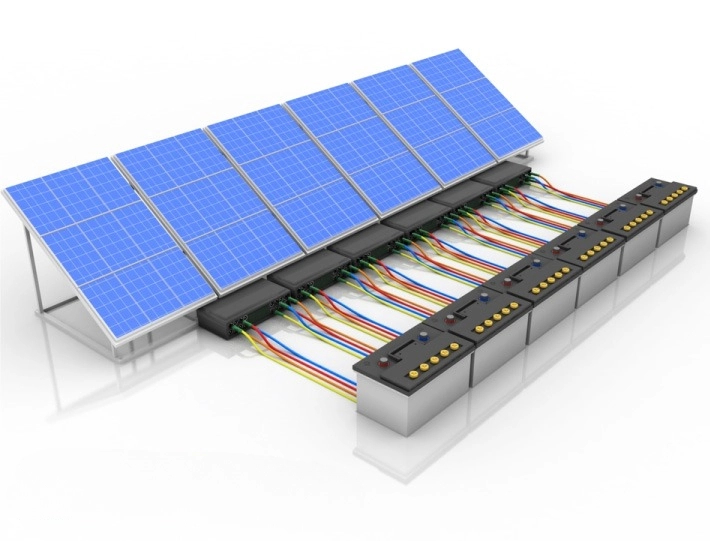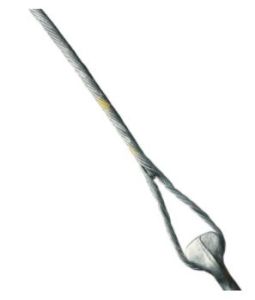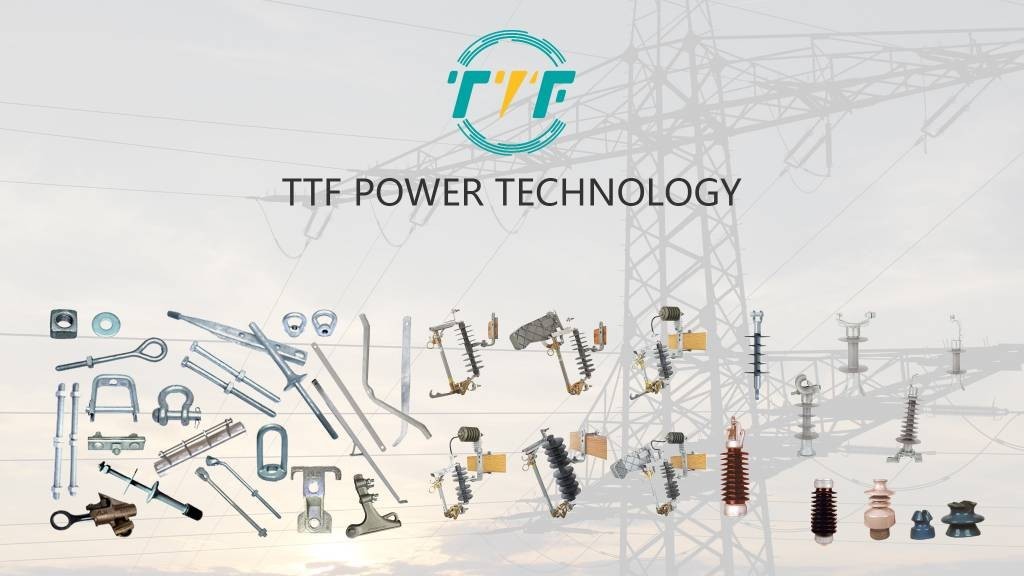
Microinverters are components that help South America’s solar energy strive to harness its abundant solar resources to meet growing energy demands. The microinverters operate individually with each solar panel, maximizing energy output. Microinverters are designed to withstand extreme weather conditions in the region. These include UV exposure, heavy rainfall, and fluctuating temperatures. They help boost system reliability and ensure consistent energy supply in challenging conditions. The use of microinverters contributes to solar energy sustainability by increasing energy production, enhancing system reliability, improving grid integration, and providing environmental benefits. Microinverters optimize solar efficiency, support decarbonization, enhance energy access, and promote grid resilience. Guy deadends are crucial for the stability and safety of the solar installation in areas prone to strong winds.
A guy deadend is a component used in overhead power lines to secure guy wires to poles or structures. Guy wires are tensioned cables that provide support to the power lines and prevent them from swaying in winds. Guy wires and guy deadends may help reinforce the structure and ensure the safety of the system. The deadends play a crucial role in the structural integrity and safety of solar installations in challenging environments. The dead ends ensure the stability and longevity of electrical transmission systems. They help maintain safety, reliability, and efficiency in the solar energy industry.
Technologies used in the development of microinverters in South America’s energy sector
The development of microinverters in South America’s energy sector leverages a range of advanced technologies. Microinverter innovations enhance their efficiency, reliability, and adaptability. This enables them to address the region’s energy challenges and opportunities. Discussed below are the technologies used in the development and deployment of microinverters in the solar energy sector.

- Power electronics—microinverters use several materials to improve energy conversion efficiency and thermal performance. These materials include silicon carbide and gallium nitride. This helps increase energy efficiency and system durability in varied climatic conditions.
- Smart grid integration—microinverters are designed with advanced algorithms to enable grid stability features. These include reactive power control and voltage regulation. They enhance compatibility with South America’s grid infrastructure to support smart energy networks.
- Energy storage compatibility—most microinverters have hybrid functionalities allowing the integration with battery storage systems. They optimize the use of stored energy, maximizing energy availability during peak demand.
- Artificial intelligence—AI algorithms analyze system performance data to predict potential issues and enable proactive maintenance. They enhance operational efficiency and reduce long-term costs for solar installations.
- Renewable material innovations—advanced coatings protect microinverters from salt air in corrosive environments. They align microinverter development with sustainability goals and enhance their suitability.
The roles of Guy Deadends in microinverters and solar energy
Guy deadends support infrastructure for microinverters and solar energy systems. They enhance the stability and reliability of solar installations in South America’s diverse conditions. Guy deadends help in anchoring and stabilizing transmission systems, solar mounting structures, and microinverter connections. They help contribute to the growth and sustainability of South America’s solar energy sector. TTF is a world-class global provider of high quality overhead line hardware, transmission hardware, distribution hardware, conductors, insulators, cutout switches, anchoring and grounding products. These components aid in the construction of infrastructure needed for solar energy. The following are the functions of guy deadends in microinverters for solar energy.

- Structural stability of transmission systems—guy deadends anchor guy wires that stabilize poles and towers used for transmitting solar-generated electricity. They ensure the structural integrity of solar energy transmission infrastructure.
- Microinverter integration—guy deadends support the overhead cabling used to connect microinverters to power systems. They reduce strain on microinverter connections, preventing wear and tear over time.
- Supporting renewable energy goals—thedead endss help stabilize the infrastructure needed to connect solar energy to national grids. They ensure the durability of small-scale transmission systems for off-grid solar projects.
- Enhancing safety and reliability—guy deadends reduce the risks of damage to solar infrastructure. They help maintain the integrity of overhead lines and solar structures to ensure uninterrupted operation of the energy system.
- Supporting microinverter integration—guy deadends support the overhead cabling used to connect microinverters to power systems. They reduce strain on microinverter connections to prevent wear and tear.
- Maintaining alignment in solar arrays—guy deadends help anchor and stabilize mounting systems in areas with high winds. This helps maximize energy production by maintaining precise solar panel alignment.
